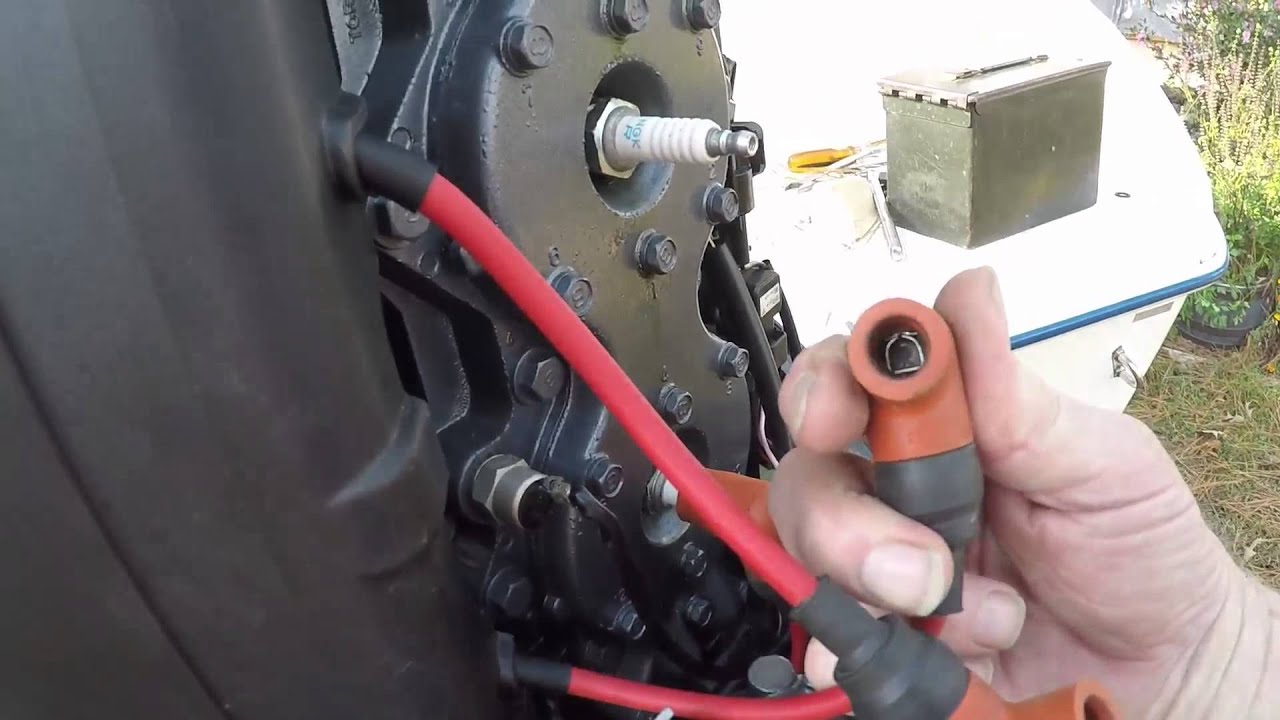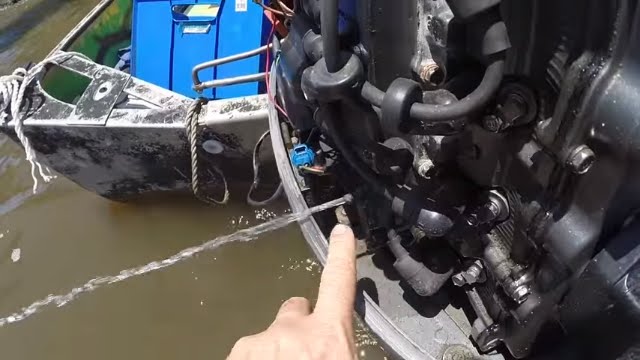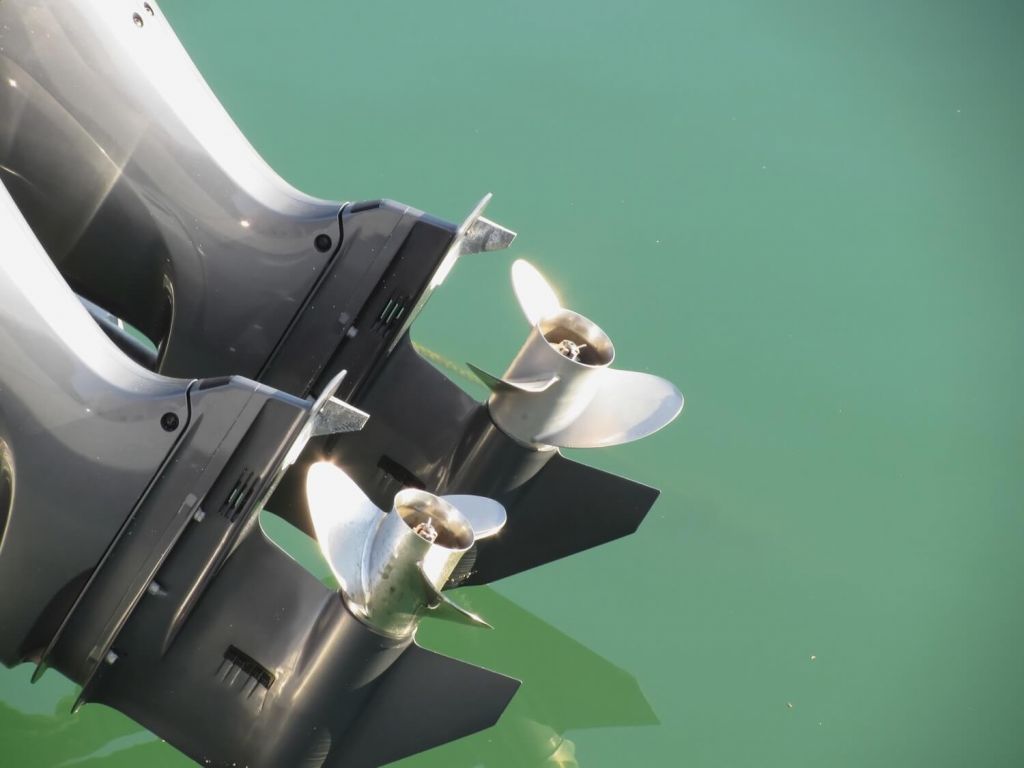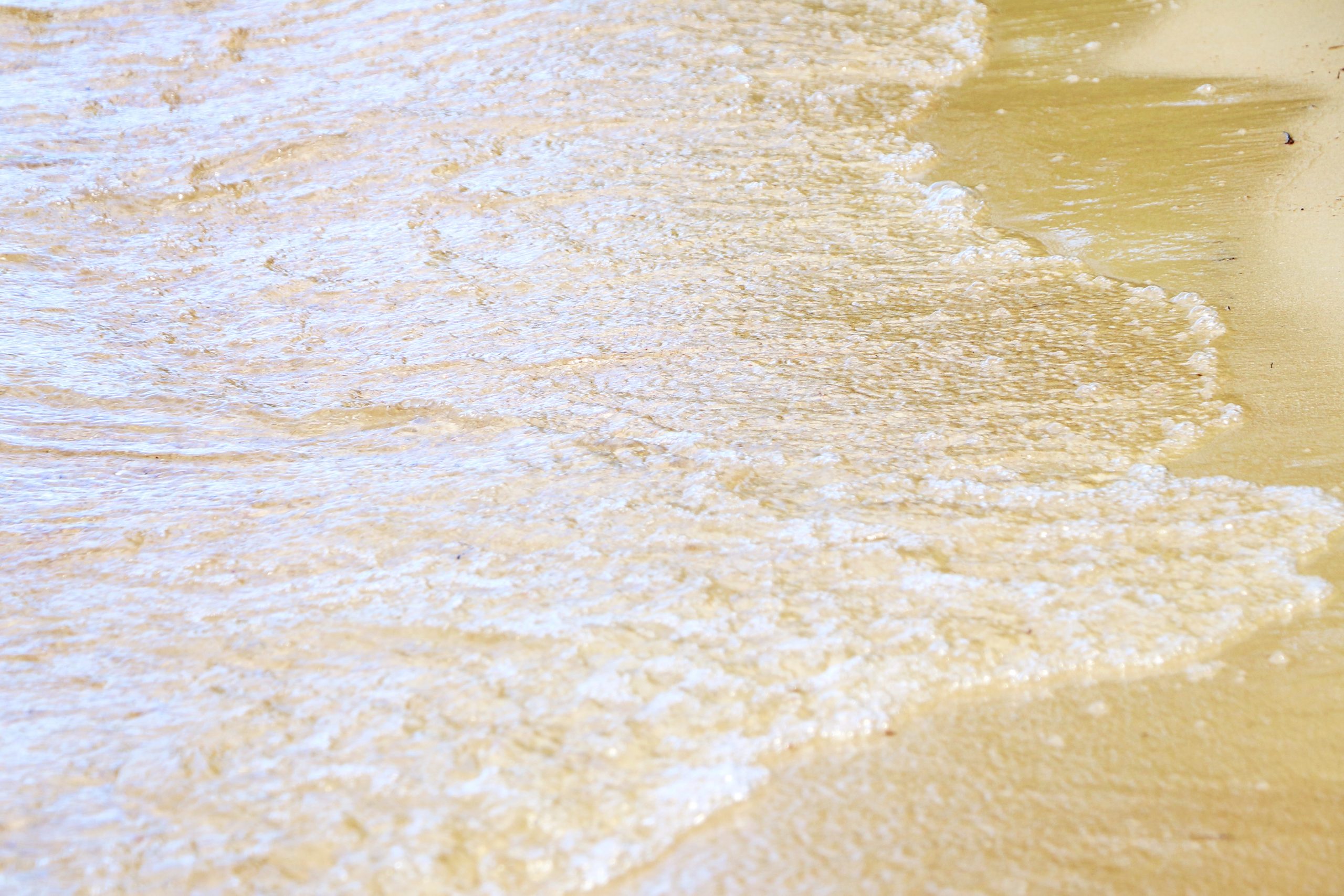How to winterize a yamaha outboard motor
In the world of small engine parts maintenance, you don’t have to be a seasoned marine mechanic to do simple things such as replacing spark plugs, fixing oil leaks, or even winterizing your Yamaha outboard.

This is a great time of year to make sure that all of your outboard engines motors are protected from the elements. There are many things that you can do to keep your outboard engine’s motor fresh gas treated in top shape this winter boating season. Start by checking the water level and lower unit oil in the engine and make sure to replace both if necessary. You’ll also want to check the belts on your outboard motor. Make sure that they are properly tensioned and that they aren’t slipping off. Finally, you should also check the tires on your outboard motor for cracks, cuts, or damage. When you get a new set of tires, make sure that you rotate them so that all four wheels get a chance to get evenly worn.
In this article, I’m going to show you how to winterize a Yamaha outboard engines motor so it will work all year round.
Do you have to winterize a 4 stroke Yamaha outboard motor?
Many people don’t understand how to care for a four-stroke outboards engine, or how to perform the necessary maintenance and repairs to keep them running strong with the latest engine oil. They assume that it is just a matter of keeping the fuel system supply topped up, taking care of any leaks, and checking the oil level regularly.
First, you should always use the correct size propeller for your boat. If the prop that you are using is too big, it will slow you down. On the other hand, if it’s too small, it may not provide enough thrust to propel the boat forward. You need to take care of your boat while you are away. You must make sure that the engine does not run dry. If it’s a gas engine, you should check the fuel tank levels regularly. Check the carburetor and make sure that the air intake is open and clear. Keep the engine well-tuned up by replacing the spark plugs. Make sure that the belts are tight and that the valves are functioning properly. You should also check the condition of the motor cooling system. If it is damaged, you can replace the muffler. You should check the batteries to make sure that they are in good condition. You can do all of this yourself. You can hire a mechanic to perform all of the necessary tasks, but you have to pay for it and he will look into your fuel stabilizer, fuel filter, and spray fogging oil filter for you. Along with that, you have to ask him to check the gear oil pump which he will have to do with his oil filter wrench.

How do you drain water from a Yamaha outboard?
It may sound easy to some, but others might wonder how you would remove water from a Yamaha outboard without breaking anything. I’m a big fan of the Yamaha FJ2000, a popular boat used for fishing, and one of my favorite things about this boat is that it’s easy to drain the water while using the outboard drain hole. I figured this could be useful for someone else who was looking for something similar, so I took a crack at it, and here’s what I came up with.

Drain the water from the boat by attaching the garden hose to the drain plug hole on the bottom of the boat. Then, you need to connect the other end of the garden hose to a container and the rest is easy. Just turn on the pump and the water will drain. Once the water is drained, put the plug back in its original position and disconnect the hose. This is a really handy feature because there are times when you will need to drain the water and this is a nice, quick way to do it. This feature comes in very handy when you are going on a long fishing trip because it takes less time to drain the water than it does to change the oil. It also comes in handy when you are changing the old oil because you don’t have to stop the engine and wait until it gets hot enough for you to open the oil drain pan.
How do you winterize a 4 stroke Yamaha outboard?
There are several different types of winterizing a 4-stroke Yamaha outboard. Each method requires a different set of tools. First, remove the cover plate by removing the screws located on either side of the engine and pulling off the plastic housing tilt tube. Next, remove the engine by removing the bolts holding the crankshaft and flywheel to the flywheel housing. Finally, disassemble the electrical and electronic components of the engine by disconnecting the wiring harness, grounding the leads and battery, and removing the connector housings.

Once you’ve removed the engine from the boat, make sure that you clean and dry it completely. Then, you can reassemble it back onto the boat and add it back into the cooling water. The same goes for the engine’s other components. After you’ve cleaned and dried each part of the engine, you can put it back together and reattach it to the boat. The same applies to the electrical components of the engine. If you have an onboard engine generator port side, it’s also important to disconnect the battery so that you can drain completely the battery and clean the Yamaha outboards terminals.
Do you really need to winterize an outboard motor?
Some people say they are going to winterize their outboard motor this year, but few ever actually do. But, according to a recent survey, 37 percent of boaters who own their own boat said they intend to winterize their outboard motor next season. It’s easy to see why people are getting the hang of this trend. If you winterize your outboard motor, you’ll save yourself some time and money on a costly repair. Plus, if you winterize your outboard motor, it’ll keep working longer.

You don’t have to winterize your outboard motor if you’re going to put it away for a while. Most outboards are designed to last until spring. The fact that you will be putting your outboard motor freeze damage away for the winter doesn’t mean it will be worthless for your whole summer vacation. You might not use your outboard motor this summer, but you can still make sure it stays safe. Just keep it out of the elements and store it safely in winter storage A garage or basement is a good place to store your outboard motor. You should wrap it with some bubble wrap. Also, you can use a thick piece of foam board. When you wrap it with bubble wrap, it will protect the metal from rusting. It will also keep the moisture out of the engine. You’ll want to make sure your outboard motor has plenty of fogging oil. If you forget to add crankcase oil, you can use the same kind of EFI fogging oil you use for your car. You can use either a 5-quart or 10-quart bottle. Remember to use a filter funnel to pour the oil into your outboard motor.



